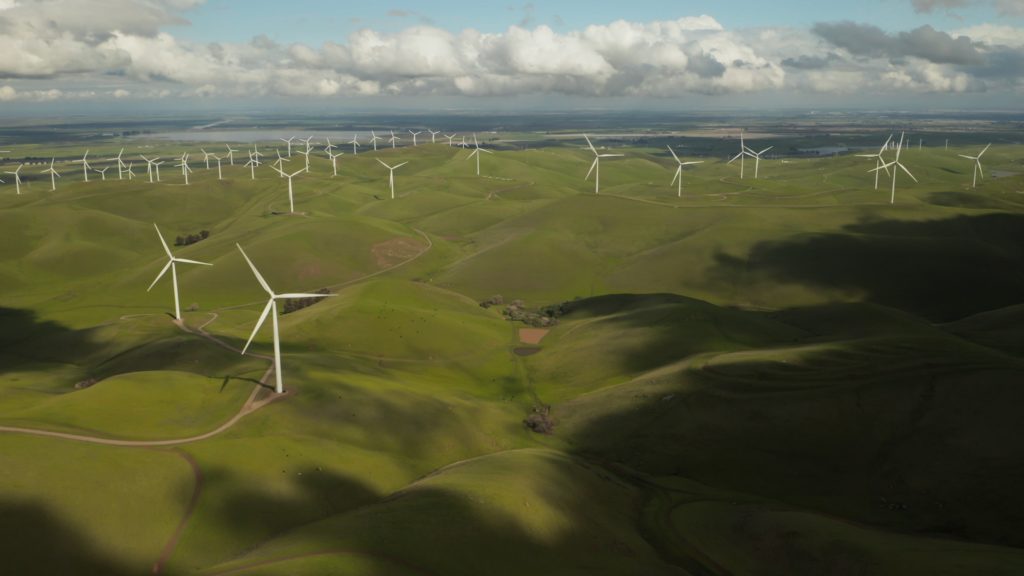Local Governments: Key to a Healthy Energy Sector
By Steven J. Moss and Margaret Bruce

California’s energy future needs to be low-carbon, flexible, dispersed and diverse to achieve its ambitious environmental goals. The energy future also needs to be resilient and affordable. Accomplishing these characteristics fits well with local governments’ (LGs) personalities and interests, perhaps better than with investor-owned utilities (IOUs). In fact, LGs may be the key to bringing the state’s electricity system back to health after weathering years of challenges.
California’s electricity sector has been rocked by mishaps and challenges. The 2010 San Bruno Pacific Gas and Electric Company (PG&E) natural gas line explosion was followed by more than 2,000 wildfires in the ensuing decade, sparked, at least in part, by IOU equipment. The 2015 Aliso Canyon gas leak revealed further vulnerabilities in Southern California Gas Company’s system. At the same time, the state’s bold climate goals, including achieving 100 percent non-polluting energy by 2050, have pushed the IOUs towards reducing their environmental impacts, prompting greater engagement with LGs.
Further eroding the IOUs’ “spoke and wheels” business model, in which large generating stations convey power through massive transmission networks, Southern California Edison Company’s San Onofre nuclear facility closed in 2013. PG&E’s Diablo Canyon plant is expected to follow suit by 2025. The end of the state’s nuclear power era coincides with the increasing dominance of renewable, and distributed energy resources. At the same time, policy makers and consumers are looking to electricity for cooking, heating, and transportation.
Because of this stew of mishaps, changing technologies, and environmental and policy imperatives, California’s electricity rates will escalate rapidly in the near term. San Diego Gas and Electric Company recently proposed to raise its minimum bills by almost 400 percent. At the same time, electricity reliability is being degraded by wildfires and actions such as power shutoffs, intended to reduce wildfire risks. Higher electricity rates and lower reliability will worsen existing energy inequities, undermining communities’ ability to stay cool in the rising summer heat and pay for critical health, safety and community facilities and services.
Meanwhile, the grid is fitfully devolving, from monolithic organizations to a diverse ecosystem of energy and service providers. Functions that were once core to utilities’ operations and profitability are now being done by other entities, including government-led regional energy networks (RENs), community choice aggregators (CCAs) and private sector third parties. CCAs already purchase or generate electricity on behalf of almost half of PG&E’s customers.
The evolution towards non-utility entities is creating new opportunities for LGs to expand or take responsibility for functions once performed by the IOUs, with opportunities for state funding support. LGs are particularly well-suited to provide such services as vegetation management, marketing and implementing distributed energy and efficiency resources to vulnerable and complicated populations, encouraging the transition to all-electric buildings, and deploying appropriate infrastructure to support the coming herds of electric vehicles.
Californians look to their local governments to help them weather storms and earthquakes, fires and electricity outages, and to make sure everyone has equitable access to needed services. The time is ripe to encourage an already nascent transformation to a more reliable, community-based, and affordable energy eco-system.
The Local Government Sustainable Energy Coalition (LGSEC), a coalition of the Local Government Commission, represents LGs to California regulatory agencies, ensuring the interests, needs and capabilities of LGs are considered and harnessed as California’s new, low carbon energy future emerges. To learn more about the LGSEC, please visit our website at www.LGSEC.org.
Local Government Commission Newsletters
Livable Places Update
CURRENTS Newsletter
CivicSpark™ Newsletter
LGC Newsletters
Keep up to date with LGC’s newsletters!
Livable Places Update – April
April’s article: Microtransit: Right-Sizing Transportation to Improve Community Mobility
Currents: Spring 2019
Currents provides readers with current information on energy issues affecting local governments in California.
CivicSpark Newsletter – March
This monthly CivicSpark newsletter features updates on CivicSpark projects and highlights.



